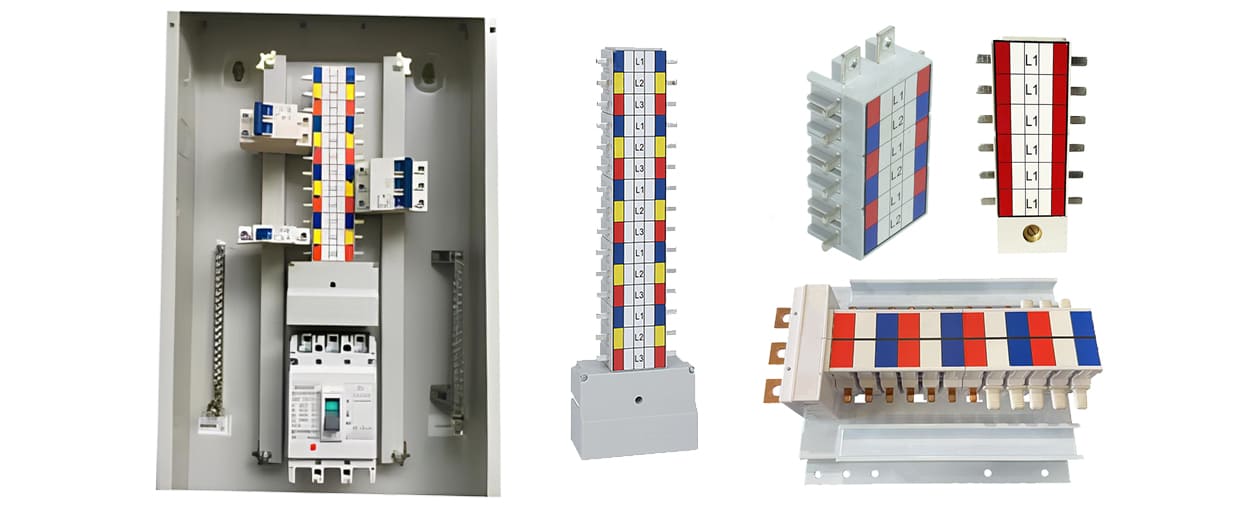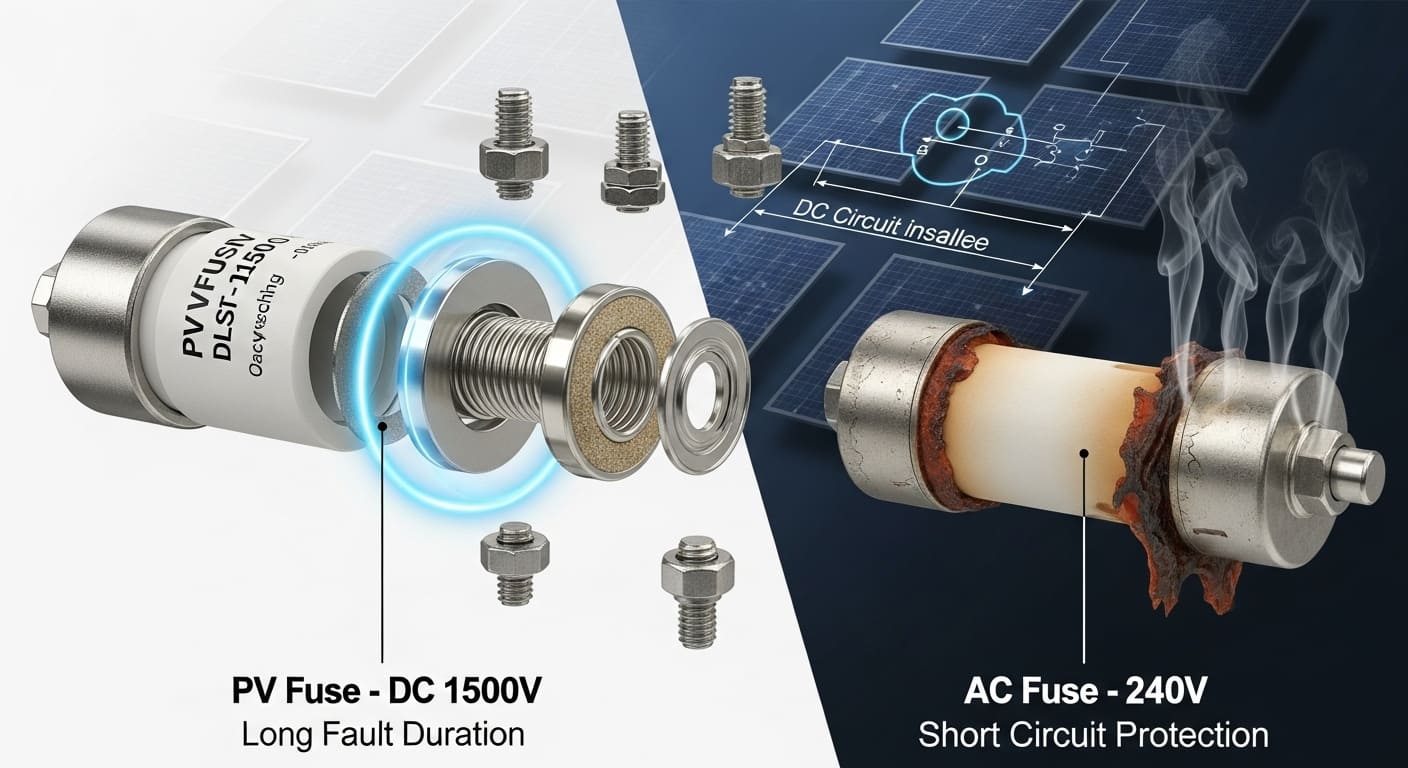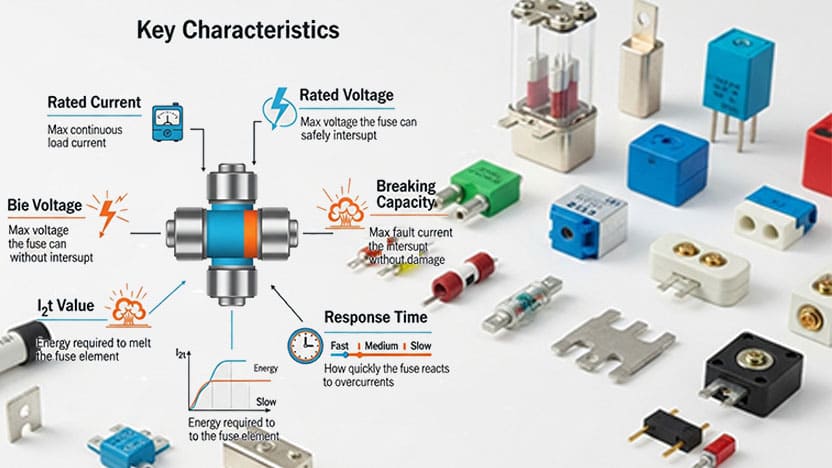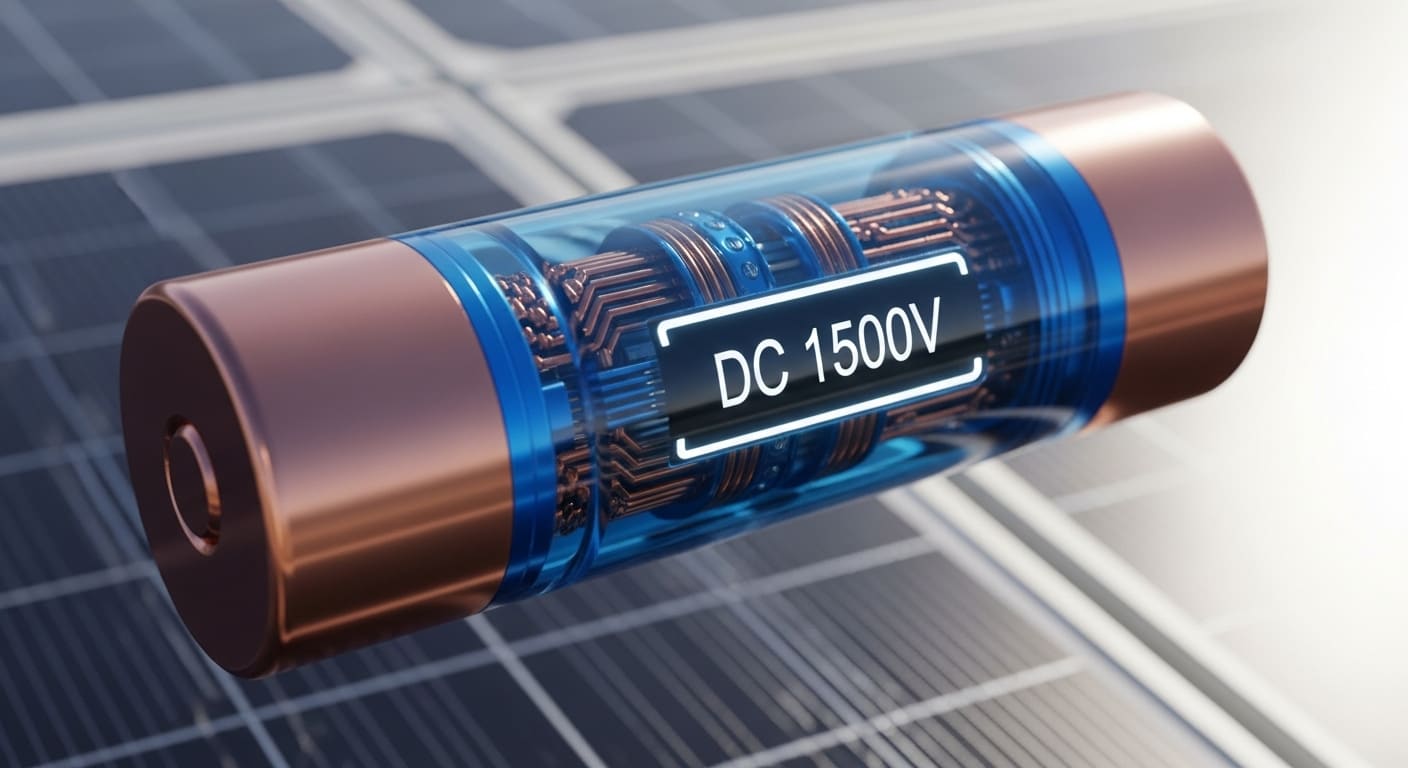When choosing a panel board, it’s easy to fall into the trap of picking the cheapest setup—yet many regret this later when facing unplanned complications or costs.
The biggest difference between MCB1 and MLO2 panelboards is that MCB panels include an integrated main breaker for total circuit control, while MLO panels require an external disconnect. Your choice impacts installation, safety, and long-term flexibility.

It’s tempting to select a panel by price tag alone, but I’ve watched facility teams wrestle with that decision. If you choose a panel without understanding how future changes or safety checks work, you may lock yourself into expensive fixes. Let’s look deeper at what really sets these panelboard types apart.
Panelboards: MCB vs. MLO?
When I talk to clients about panelboards, I often hear the question: Should we specify an MCB or go with an MLO panel instead? This confusion is very common—and it usually starts with how each type handles circuit control.
MCB panelboards have a main breaker built in, offering quick and effective shutdown of all circuits, while MLO boards require a separate upstream breaker or disconnect for main protection.

Breaking Down MCB vs. MLO
The MCB (Main Circuit Breaker) panel includes an integral main breaker inside the board. This breaker protects all downstream circuits and lets you de-energize the entire panel with a single switch. The MLO (Main Lugs Only) panel, on the other hand, offers only a set of lugs for connecting incoming power cables—there is no built-in main breaker. MLO panels depend on an upstream device, which might be in another panel or building service entrance, to isolate power.
For small buildings or where a main disconnect is already present nearby, MLO boards make sense and reduce costs. However, for sites that require clear, instant shutoff capabilities or where safety is a priority, MCB panelboards offer more peace of mind. Every time I see a jobsite with only MLO panels and no accessible main disconnect, I worry. During emergencies, quick shutoff can save lives and property. In the table below, I compare the key features:
| Feature | MCB Panelboard3 | MLO Panelboard |
|---|---|---|
| Main Breaker | Integrated | Not included [Upstream required] |
| Panel Shutoff | Simple | Requires separate action |
| Installation | Slightly costlier | Less expensive |
| Safety | High | Depends on installation |
| Future Modifications | Simple coordination | Can be complex |
| Typical Applications | Commercial, critical | Small buildings, additions |
No matter which is chosen, knowing the facility’s risk profile and future plans can help avoid headaches.
MCB Vs. MLO Panelboards: Which Suits Growth and Safety?
Growth matters when choosing, but so does how easy it is to maintain safe operation. Many clients ask what is best for their long-term operations.
If you expect changes or expansions, MCB panels usually adapt better—MLO panels can become a problem if upgrades add extra loads or safety requirements.

The Long-Term View: Adapting to Change
Facilities do not stay the same forever. Businesses expand, process lines adapt, or new machines come in. In my work, I see MLO panels, installed to save on purchase costs, become sources of regret when owners try to add circuits or increase main capacity. They then have to retrofit main breakers, upgrade upstream equipment, or even install new panels altogether. Each fix can be disruptive and expensive, sometimes requiring electrical shutoffs or delays.
MCB panels, since they centralize main circuit protection, make future upgrades much easier. You can often boost panel capacity, coordinate circuits, and meet inspection standards by swapping out the main breaker, rather than needing to rewire the entire panel or hunt down a distant main disconnect. From a safety standpoint, having a single, accessible main breaker allows maintenance teams to de-energize the panel instantly during work. This reduces accidents and meets modern audit requirements more easily.
In summary, when planning for long-term flexibility, I advise clients to view the small upfront premium for an MCB panel as insurance. It may prevent months of headache—and cost—across the system’s life span.
What Is the Difference Between MLO and MCB Panels?
When I first started working with panelboards, I was surprised at how much confusion these industry terms caused. Getting the definitions clear is the best first step for decision makers.
MCB panels include a built-in main breaker for total panel shutdown; MLO panels provide terminals only and need an external main breaker for protection. Both have unique design uses.

Why Engineers and Installers Must Know the Difference
This difference seems small, but it shapes panel functionality. The main breaker is not just a safety device; it is also how you establish the “service disconnect,” required by codes for safely servicing or inspecting downstream circuits.
In locations where local codes or project specs require a visible means of disconnect at each board, MCB panels are often mandated. Where a whole facility is already protected by an upstream breaker, MLO panels may suffice—if everyone knows the main shutoff’s location and it is always accessible. In my region, inspectors check for clear labeling and safe working practices. I have seen panels failed during final inspections because the disconnect device was too remote or not clearly marked.
Different project needs also affect the choice. Critical infrastructure, like hospitals or data centers, nearly always use MCB panelboards. Small shops, subpanels, or temporary installations may use MLO panels to save budget. But no matter the choice, everyone must understand how power is isolated in an emergency or for routine work.
| Panel Type | Has Main Breaker? | Needs Separate Main Disconnect? | Typical Use |
|---|---|---|---|
| MCB | Yes | No | Main panel, large buildings |
| MLO | No | Yes | Subpanel, cost savings |
Knowing which fits the project helps every stakeholder—engineer, installer, and owner—avoid confusion, delay, or costly fixes later.
What Is the Meaning of MCB in Electrical Panel?
I get this question in nearly every training session: What does “MCB” actually stand for, and what is its job in the system?
MCB stands for “Miniature Circuit Breaker.” In a panel, it serves as the main device that interrupts fault currents and safely shuts off all downstream loads quickly.

MCBs: Safety Backbone of Modern Panels
Miniature Circuit Breakers are key to controlling risk in any low-voltage power system. Inside a panelboard, the MCB protects not just one branch, but the whole set of circuits: if something goes wrong, like an overload or short circuit, the breaker senses this and trips, disconnecting power faster than a manual process ever could. This keeps people and property safe.
The term “miniature” refers to the form factor; compared to older, larger breakers, MCBs take up little space, making modern panels more compact. They are also designed for high cycling, meaning they can be switched on and off many times without wearing out. I recommend MCB panels for environments with changing loads or where regular shutoffs are needed. They make maintenance much simpler. Along with color-coded busbars and clear markings, MCBs form a reliable fuse protection backbone that stands up to today’s regulatory demands.
| Acronym | Full Name | Function in Panel | Safety Impact |
|---|---|---|---|
| MCB | Miniature Circuit Breaker | Main power isolation/protection | Prevents overload, fire, shock |
As the energy sector moves toward smarter, safer distribution, MCBs remain a foundation of best practice—not just a product, but a philosophy of safety first.
Conclusion
Choosing between MCB and MLO panelboards isn’t only about price—it defines your facility’s long-term flexibility, safety, and upgrade potential in real, practical ways.





